<< Previous | Displaying results 6641-6650 of 6766 for "" | Next >>
The D-Day invasion was the largest amphibious attack in history. Read articles and browse photos and videos of Allied forces invading Normandy on June 6, 1944.
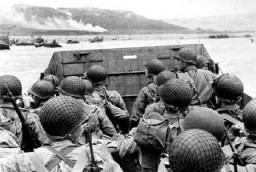
The word antisemitism means prejudice against or hatred of Jews. The Holocaust is history’s most extreme example of antisemitism. Learn more.
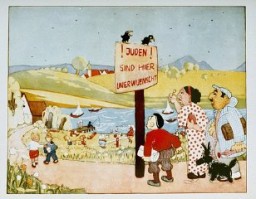
Beginning in the 1920s, Adolf Hitler and the Nazi Party emphasized their desire to create a Volksgemeinschaft (People’s or National Community) based on the foundations of race, ethnicity, and social behavior. Once in power, the Nazis aimed to shape a Volksgemeinschaft according to their ideological goals. Test
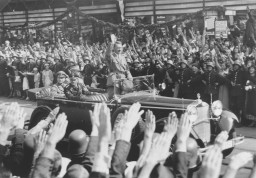
David Bayer lived in Kozienice, Poland. Explore his biography and learn about his experiences during World War II and the Holocaust.
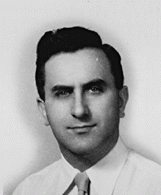
Explore Estelle Laughlin’s biography and learn about her experiences during the Warsaw ghetto uprising.
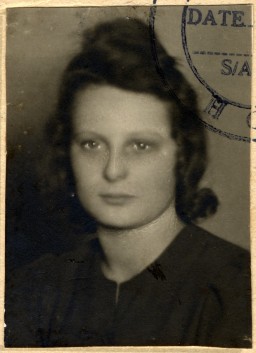
From 2003 to 2005, an estimated 200,000 civilians died as a result of a campaign of violence in Darfur by the Sudanese government. In 2004, the US Secretary of State called this violence a genocide.
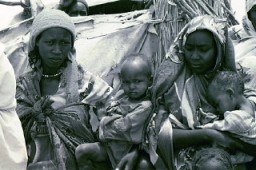
Henri Barbusse was a French author who wrote pacifist and socialist works. In 1933, his writings were burned under the Nazi regime. Learn more.
Vicki Baum was a bestselling author who embraced the ideals of liberation for women. Her works were burned during the Nazi book burnings of 1933. Learn more.
Otto Dix was a German artist who depicted the horrors of war. His art was targeted in the Nazi book burnings and “Degenerate Art” exhibition. Learn more.
Louis Fischer was an American political historian. In May 1933, his work was burned in Nazi Germany for its sympathy toward Communism. Learn more.
We would like to thank Crown Family Philanthropies, Abe and Ida Cooper Foundation, the Claims Conference, EVZ, and BMF for supporting the ongoing work to create content and resources for the Holocaust Encyclopedia. View the list of donor acknowledgement.